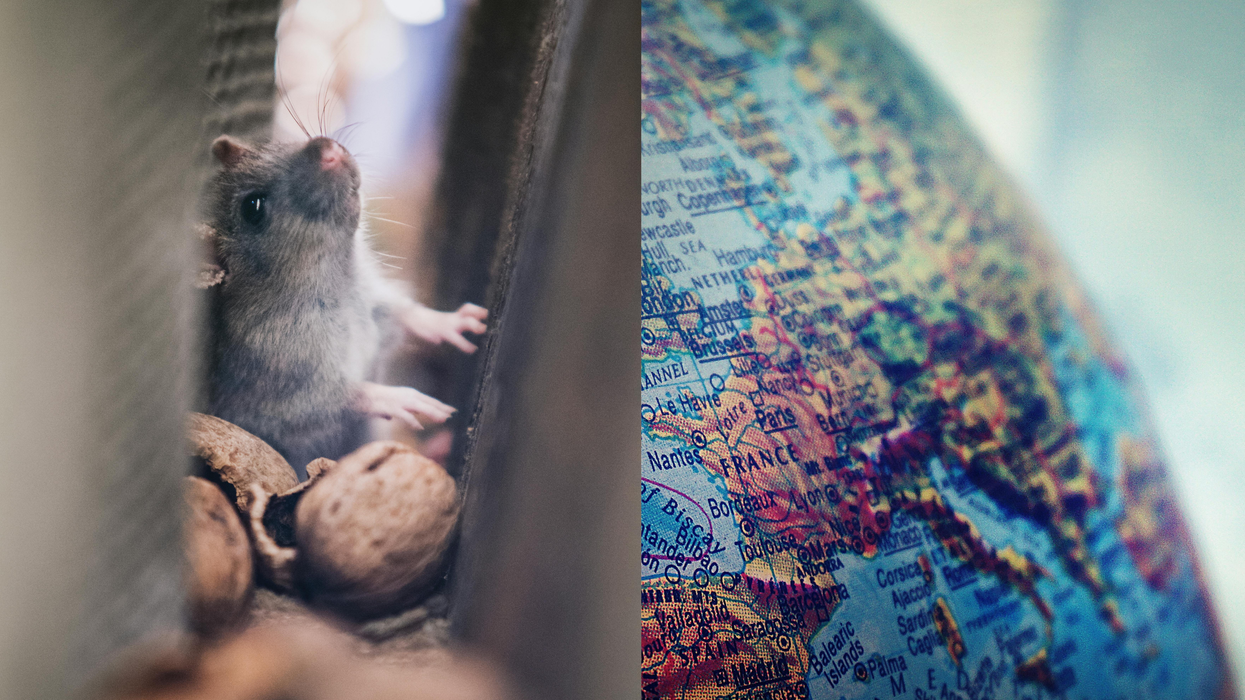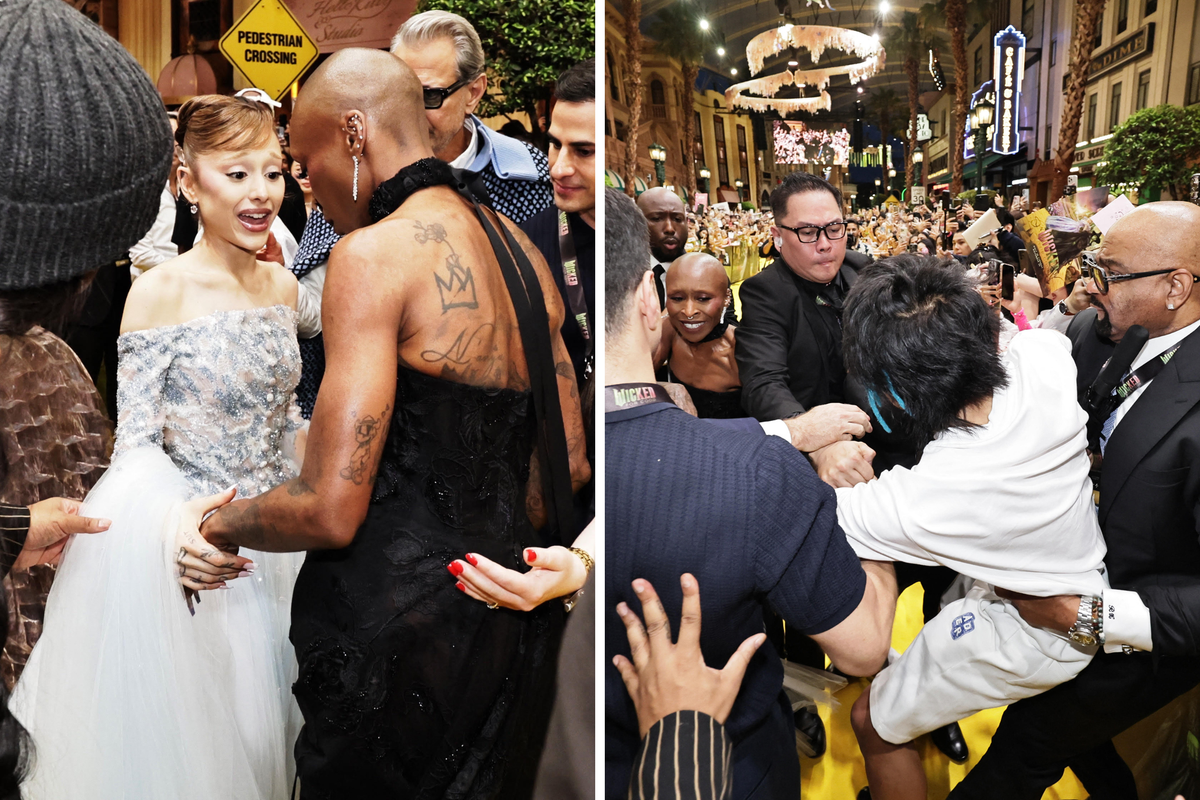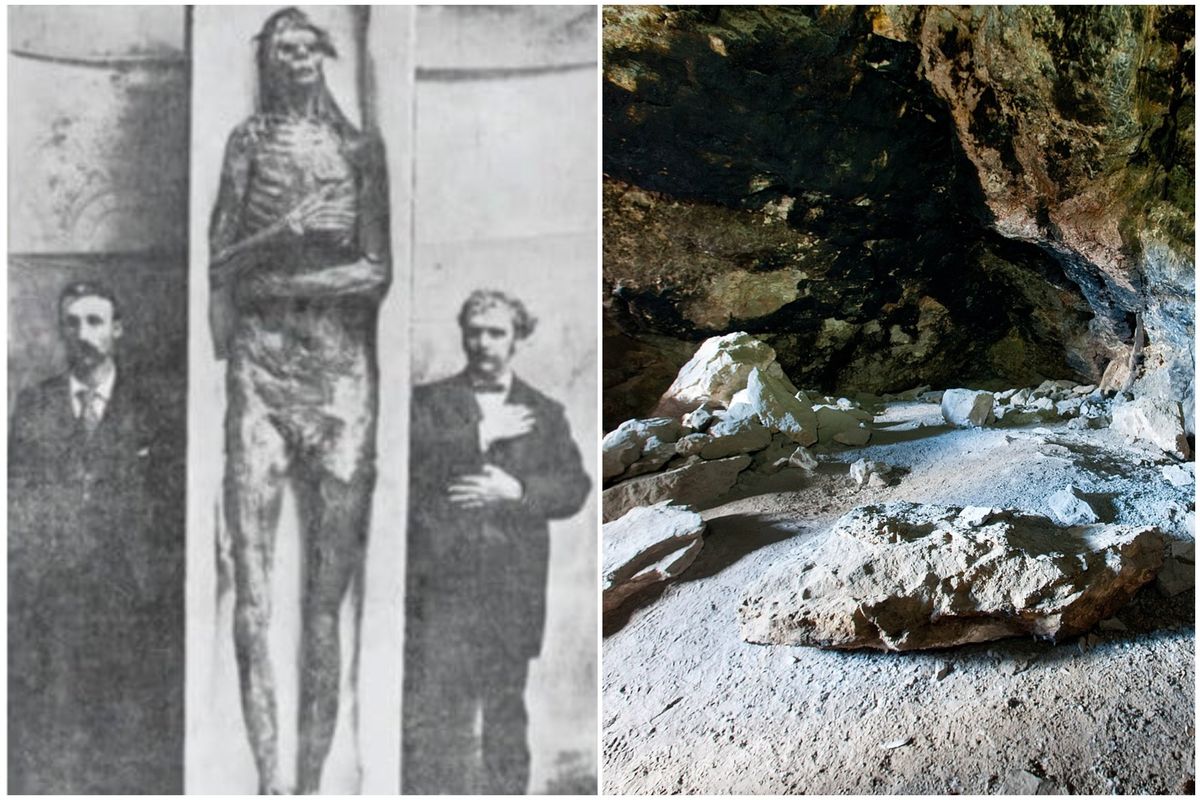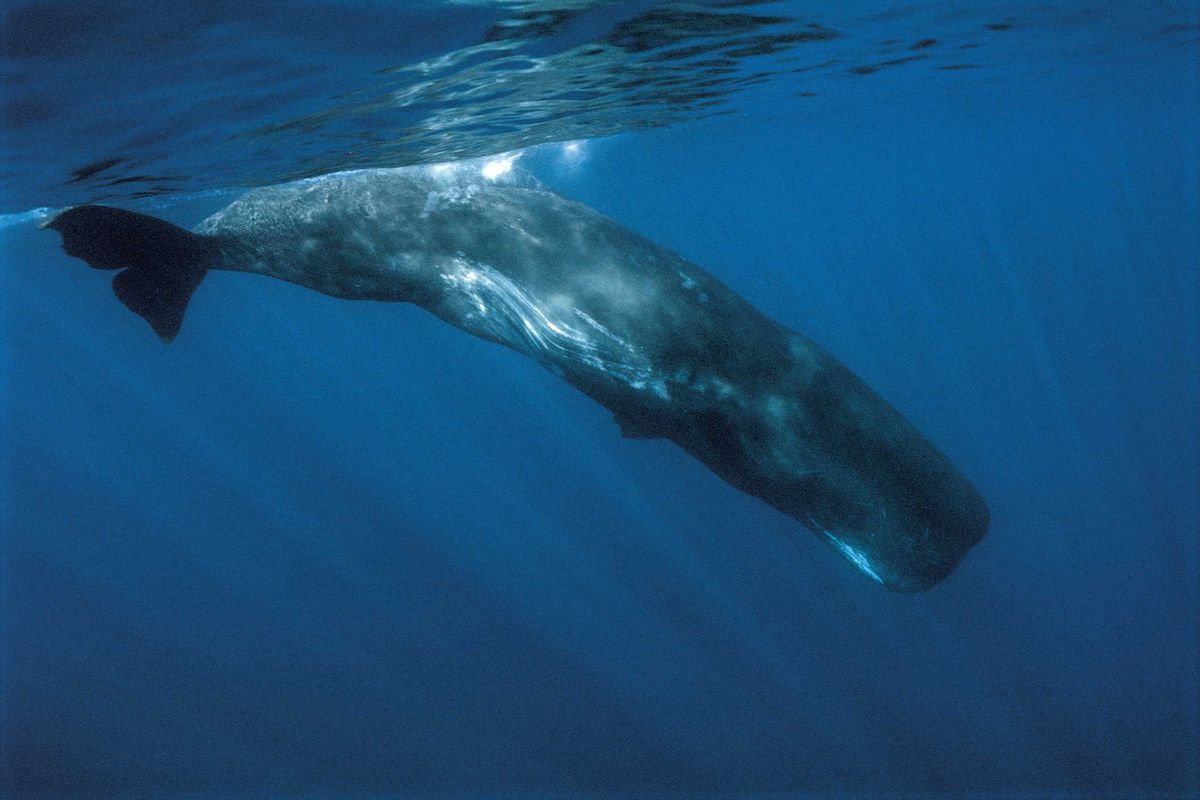Science & Tech
Sinead Butler
Aug 08, 2025

Pexels
It was the late 1960s and early 70s when behavioural researcher John B. Calhoun conducted an experiment called Universe 25, where he created a utopian environment for mice, some think serves as a warning for where our society is headed.
What was the Universe 25 experiment?
In the experiment, it first started with four breeding pairs of mice that were put in a large apartment block - a total of 256 units to be precise, which fitted in 16 identical apartment buildings arranged in a square and on each side were four buildings.
Away from the worries of disease and predators, living well and having endless resources of food and water.
Overall, the block could accommodate up to 3,000 mice comfortably; however, when it came to the mice reproducing, there were no curbs on this, and so there was exponential growth in the population.
(We're talking the amount of rats doubling every 55 days).
Changes over time

The population expanded to 2,220, but then the popular growth strangely slowed, and further changes followed.
These included a difference in behaviour with social clusters being formed; consequently, some were left out of those and isolated, in particular, male mice who fit this description retreated, stopped mating, and sometimes
Simultaneously, Calhoun noted the emergence of the "beautiful ones" to describe mice who would groom themselves and eat all day but avoid being social, and in turn stopped mating.
Then there was the concerning family behaviour where female mice displayed an absence in maternal care as they abandoned and even killed their litters, combined with fighting, forced copulation, even cannibalism displayed among aggressively behaved males despite an abundance of resources.
How did the Universe 25 experiment end?
In the end, the mice that were left stopped mating completely; a lack of social structures and no desire to reproduce caused the population to dwindle, and eventually every mouse died.
Behavioural sink and Calhoun's thoughts and impact
This pattern was named the "behavioural sink" by Calhoun, and he believed this experiment could serve as a warning for human society as it continues to develop.
"I shall largely speak of mice,” Calhoun said, “but my thoughts are on man, on healing, on life and its evolution."
It was a concern that was shared, even when the last mouse died from the experiment, the headline on The Washington Post's front page was “Ten boxes of dead mice could be us: Is modern mankind becoming a giant colony of mice?"
His experiment was also mentioned by US Senator Robert Packwood, who mentioned to fellow politicians in the Capitol how a "critical aspect of the population problem is being studied by Dr John Calhoun."
This study was echoed by those who were afraid of overpopulation and how abundance gets rid of maintaining cooperation, connection and reproduction, and would go on to influence urban planning in the following decades.
@mulligan.tv What was universe 25
Today's researchers on Calhoun's conclusion
Decades on from Calhoun's experiment, and we find that the human population has doubled in the last 50 years to 8 billion, and yet we're not experiencing the catastrophic societal collapse Calhoun predicted.
In recent times, Calhoun's conclusions have been challenged, for instance, Edmund Ramsden, a historian of science at Queen Mary University of London, believes that while there may have been an abundance of resources for the mice, they didn't all have equal access, i.e. social inequality.
Rather, food dispensers and nesting zones were controlled by dominant mice, and causing a decline in subordinates who were unable to challenge them.
Therefore, instead of this being a utopia for mice, it serves as a lesson on the consequences of unbalanced social systems and how resources are distributed.
Additionally, in their book Rat City: Overcrowding and Urban Derangement in the Rodent Universes of John B. Calhoun, Ramdsen, along with co-author Jon Adams, mentioned a key insight regarding how we humans can avoid social contact in crowded spaces- basically, we're great at the thousand-yard stare and disassociating.
(You just have to go on the London Underground to see this in action...)
This is unlike rats, who are "Constantly obliged to greet other rats, measure their dominance ranking, and undertake an endless process of threat assessment, they became so harried by the social milieu that they lost their good manners and grew hostile."
In turn, this would cause "severe behavioral problems, escalating violence, and population collapse."
Elsewhere, Mouse with two male parents first to reach adulthood in scientific milestone, and Scientists accidentally make mouse grow legs instead of genitals.
How to join the indy100's free WhatsApp channel
Sign up to our free indy100 weekly newsletter
Have your say in our news democracy. Click the upvote icon at the top of the page to help raise this article through the indy100 rankings.
Top 100
The Conversation (0)













